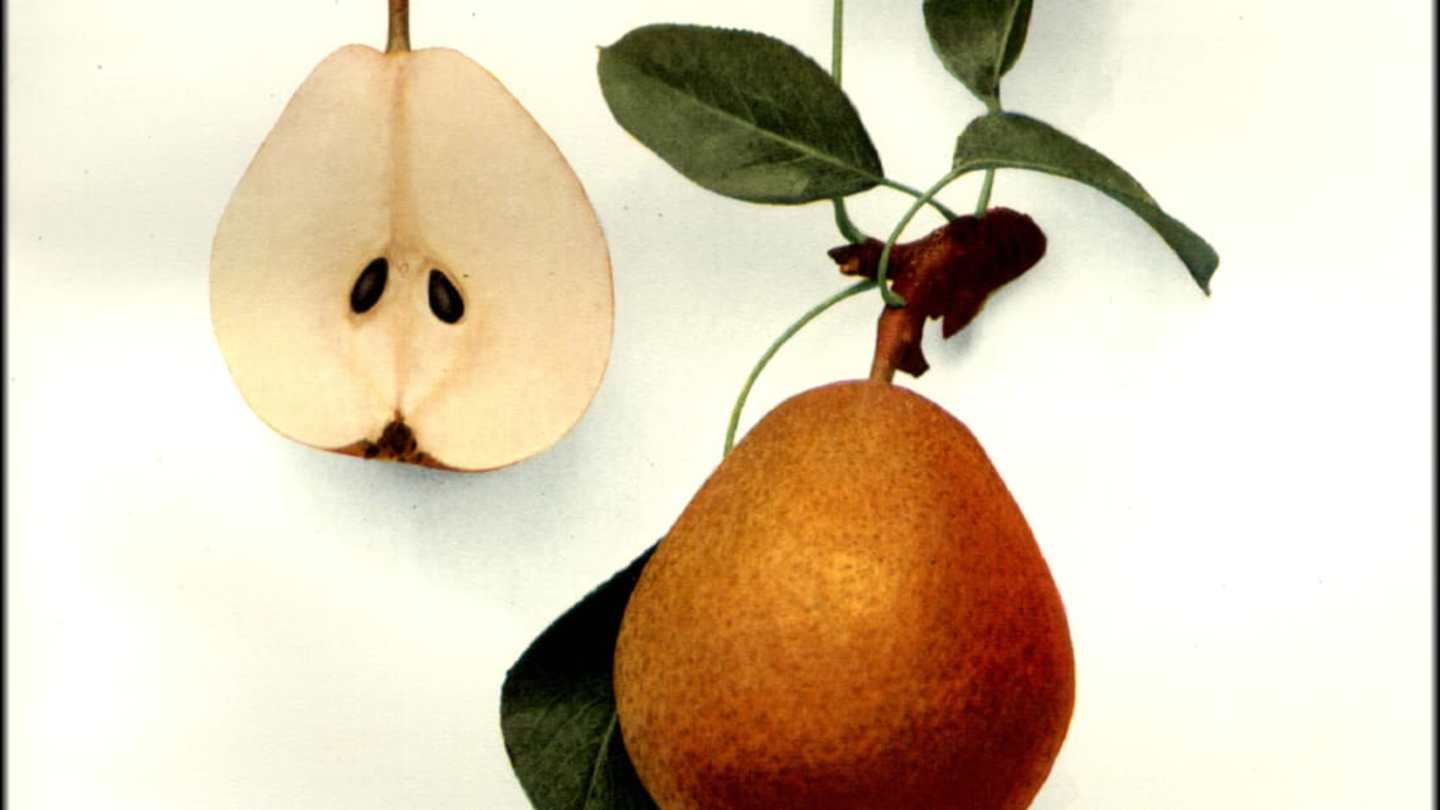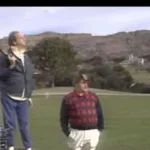Imagine stepping back in time, to a world where culinary delights now lost to history graced tables around the globe. This journey takes us through a fascinating landscape of vanished flavors and Forgotten Ingredients – the realm of Extinct Foods. From ancient herbs to majestic animals, these once-familiar elements have disappeared from our plates, leaving behind tantalizing whispers of their Past Allure.
Exploring this culinary mystery unveils stories of ecological change, Human Impact, and the ever-shifting tapestry of life on Earth. Each vanished dish holds a unique narrative, shedding light on cultural practices, Economic Shifts, and even the very nature of Taste Itself. As we delve into these intriguing accounts, we’ll encounter the Ansault pear, a French delicacy prized for its Buttery Richness, now lost to impractical growing conditions. We’ll journey through time to meet the aurochs, an ancestor of modern cattle that vanished in the 17th century, and uncover the tragic fate of the passenger pigeon, hunted to extinction in the early 20th century.
These are just glimpses into a world where extinct foods remind us that our culinary heritage is constantly evolving, shaped by forces both natural and human-made. Join us as we embark on this captivating exploration, uncovering the secrets and stories behind These Vanished Flavors, and contemplating their enduring impact on our understanding of food and history.
A History of Extinct Cuisine
The history of food is a Fascinating Journey Through Time, Revealing How Societies Have Adapted, evolved, and even perished due to their relationship with the natural world. Throughout centuries, countless ingredients have vanished from our tables, leaving tantalizing hints of their past grandeur. Understanding the reasons behind their disappearance paints a vivid picture of human impact on biodiversity, Agricultural Practices, and cultural shifts.
One striking example is the story of silphium, an ancient herb revered by Romans for its medicinal properties and culinary versatility. Its intense flavor and purportedly contraceptive effects made it a prized commodity, but ultimately, Overharvesting Led To Its Extinction. This illustrates how human demand, even for seemingly valuable resources, can have devastating consequences for fragile ecosystems. Similarly, the rise of industrial agriculture and the prioritization of mass-produced crops often overshadowed traditional varieties, leading to the loss of numerous unique and flavorful extinct foods.
 Tomato Ketchup Facts: From Ancient Origins to Heinzs Reign
Tomato Ketchup Facts: From Ancient Origins to Heinzs ReignUltimately, the history of extinct cuisine serves as a poignant reminder that our food system is intricately linked to the preservation of biodiversity and cultural heritage. It compels us to reflect on our relationship with nature and consider how we can cultivate sustainable practices that ensure a future where culinary Diversity Thrives.
Lost Delights: Eleven Vanished Foods
Our culinary journey takes us through time to encounter eleven vanished foods, each with its own unique story of disappearance. First, we’ll savor the memory of the Ansault pear, a French delicacy prized for its Buttery Richness, lost due to impractical growing conditions. Next, imagine the plump flesh and savory taste of the aurochs, an ancestor of modern cattle that faded into history in the 17th century.
We’ll then travel to Mauritius to meet the dodo, a flightless bird driven to extinction by habitat loss and invasive species. The passenger pigeon, hunted to oblivion in the early 20th century, will remind us of human impact on wildlife. The Steller’S Sea Cow, hunted for its meat and blubber, sadly met a similar fate. We’ll also delve into the mysterious world of extinct foods like silphium, an ancient herb prized by Romans for its medicinal properties, Which Vanished Due To Overharvesting.
Our journey continues with the story of Taliaferro apples, cultivated by Thomas Jefferson but lost with his orchard, and the great auk, hunted for its down and eggs. Finally, we’ll encounter the ancient bison, an extinct species butchered by Native Americans, reminding us of the ever-changing dynamics between humans and nature.
The Ecological Impact on Culinary Traditions
The disappearance of extinct foods is a stark reminder of the delicate balance between human society and the Natural World. These vanished ingredients often reflect shifts in ecosystems, Climate Change, and unsustainable practices that ripple through culinary traditions around the globe.
For instance, habitat loss due to deforestation or agricultural expansion can decimate populations of wild plants and animals crucial to Local Cuisines. The extinction of the passenger pigeon, once a ubiquitous sight in North America, highlights how overhunting driven by commercial demand can irrevocably alter ecosystems and Disrupt Food Chains. Similarly, climate change poses a growing threat To Agricultural Biodiversity, making it more challenging to cultivate traditional varieties of fruits, vegetables, and grains.
Understanding these ecological impacts is essential for preserving culinary heritage and ensuring sustainable food systems for future generations. By embracing conservation efforts, Promoting Responsible Agriculture, and valuing the interconnectedness of nature and culture, we can strive to safeguard the diversity of flavors that enrich our world.
From Dodo to Aurochs: Exploring the Causes of Extinction
The stories of vanished foods often intertwine with tales of extinction, revealing how human actions and environmental changes can dramatically reshape the balance of life on Earth. From the iconic dodo to the once-Mighty Aurochs, these lost creatures highlight the diverse Factors Contributing To Their Demise.
Habitat destruction stands as a major culprit, as sprawling urban development and agricultural Expansion Encroach Upon Natural Habitats, leaving many species with nowhere to go. Overexploitation, driven by insatiable demand for resources or trade, further compounds the problem. The passenger pigeon, decimated by unregulated hunting, serves as a stark reminder of the destructive consequences of unchecked human activity.
Climate change adds another layer of complexity, altering ecosystems and disrupting delicate food webs. Some species struggle to adapt to shifting temperatures or altered rainfall patterns, Ultimately Leading To Their Decline. Understanding these multifaceted causes is crucial for preventing further extinctions and safeguarding the planet’s Rich Biodiversity.
The Legacy of Taste: Remembering What We’ve Lost
Though these vanished foods may be Gone From Our Tables, their legacy lingers in historical records, Culinary Lore, and the enduring human fascination with the past. The stories surrounding them offer glimpses Into Bygone Culinary Practices, Cultural Traditions, and the ever-evolving relationship between humans and their Food Sources.
Imagining the taste of a long-lost apple variety cultivated by Thomas Jefferson or picturing the savory flavor of an ancient bison steak allows us to connect with the past on a visceral level. Remembering what we’ve lost encourages us to appreciate the diversity of flavors that still exist, while also prompting reflection on the importance of conservation and sustainable practices for future generations.
Ultimately, the legacy of taste reminds us that food is more than just sustenance; it’s a window into history, culture, and the interconnectedness of all living things. By preserving culinary heritage and celebrating the diversity of flavors throughout time, we honor the richness of our Shared Human Experience.










